Unit rates can be a fun and exciting concept to teach. But, it does require some background knowledge and skill. Students enjoy completing activities because it easily with real-world problems. So, if you’re looking for ways to teach unit rates or practice with middle school students – keep reading.
What is a unit rate?
A rate is a special type of ratio that compares two items with different units. A unit rate is the comparison of the rate to one.
For example: If 15 cans weigh a total of 15 pounds, the unit rate is the measurement of 1 can. The measurement would be 1 pound per can. (1 lb/can)
Math teacher speak: For unit rate, you need to divide so that the denominator is 1. Basically.
How to teach unit rate in middle school
- Make it engaging and hands-on.
- Review the vocabulary.
- Continue to practice using everyday items.
Typically students have been introduced to unit rates before they reach middle school. However, it helps to start a lesson by hooking them in with hands-on activity.
I like to start with a real-world application. Students compare the store labels for two items. We take a look at the cost and size of the product. This activity leads to a discussion about unit rates. We talk about why the unit rate is important while shopping. (Hint: It’s to get the best deal)
Continuing the hands-on practice, we review more things they would come across in a store. We look at weekly ad circulars, food packaging, travel maps, and precipitation measurements. Through this engaging review, we practice using the correct vocabulary. Also, students practice presenting their unit rates correctly.
My favorite part of this unit is allowing students to move around the room as if they were shopping at a store. Setting up the space for students to shop encourages them to discuss the concept. Then, the students come together to decide the better deal in different product categories.
Note-Taking Guide
Unit rate math notes for middle school do not have to be boring. My sixth graders enjoy interactive note-taking. Students practice using vocabulary and identifying unit rates. Then, we add foldable pages to their interactive notebooks.
Foldables are a great way to help students organize their notes and interact with the lesson. The foldable activities in this set include several examples and practice questions. Students gather their notes here and can reference them during practice.
Activities for Teaching Unit Rate
Students enjoy the real-world connection with unit rate practice. They like to identify the costs of single items based on store shelf prices. And then they determine the best deal.
If weekly ads or store labels are not available to you, Boom Cards are the next best thing. These are digital task cards that students can complete. It gives immediate feedback. Students can build their confidence when solving unit rates.
If you are new to Boom Learning, you will be offered a free trial for a premium account. Read here for details: http://bit.ly/BoomTrial.
Scavenger hunt and mystery photo activities are great engaging student practice activities.
First, students show they have a basic understanding of unit rates. Then they practice through various methods. Use both digital and written activities. They allow students to apply their knowledge to a variety of problems and questions.
Teaching unit rates can be fun and engaging. When you help students make the real-world connection, the concept sticks. Take the time to bring things that allow students to apply this concept in a store setting. Then, you are not only developing excellent math skills. Students will also become educated shoppers.
Join the Flip4Math Newsletter for more lessons and activities.
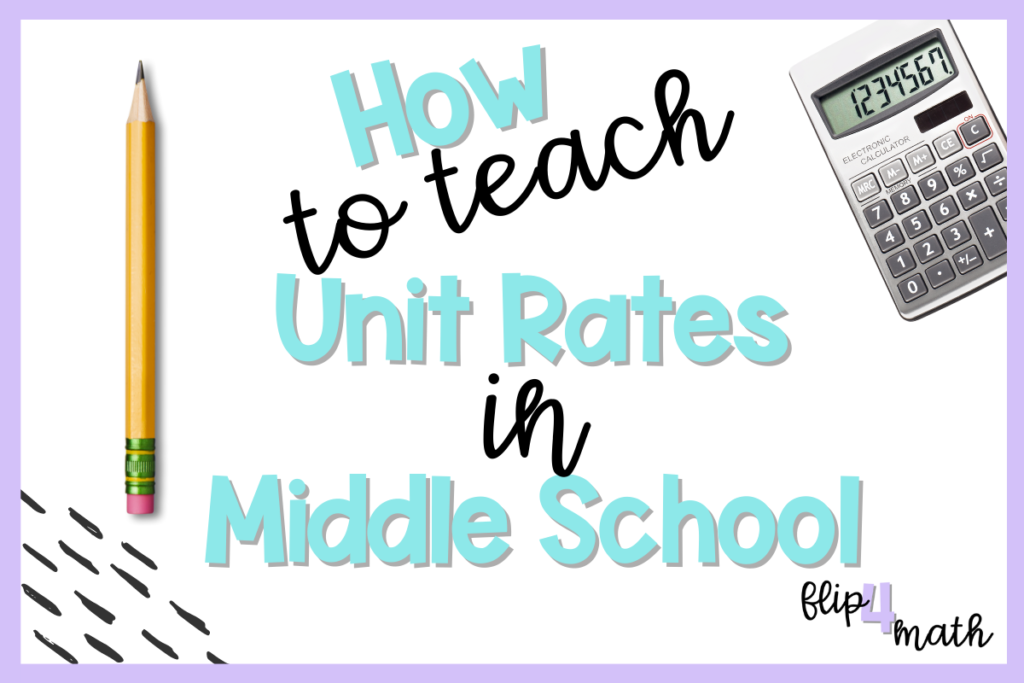
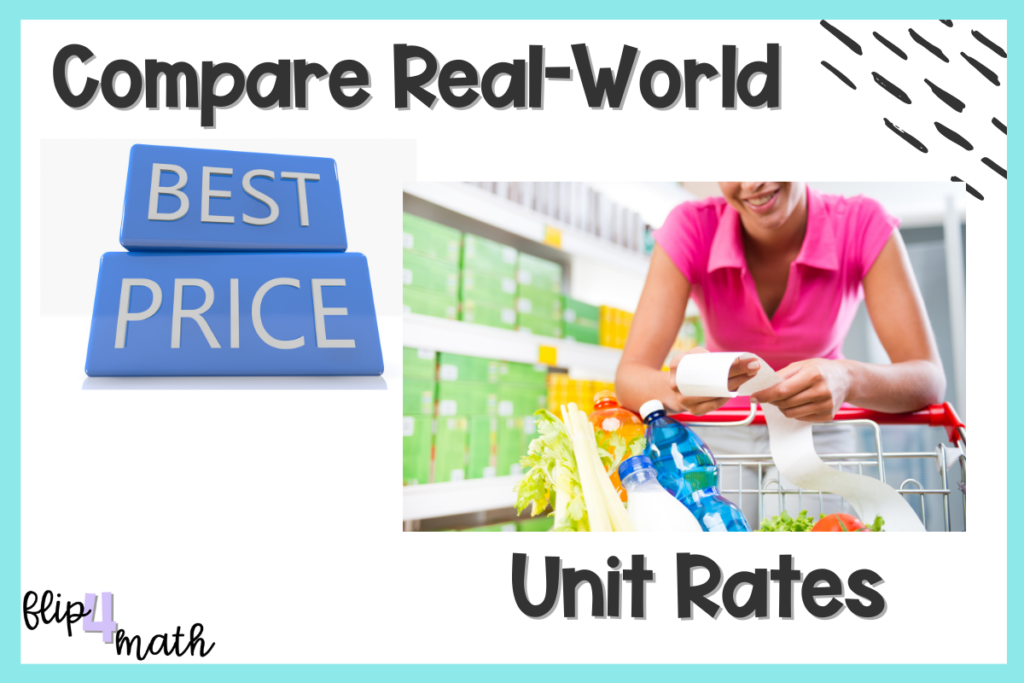
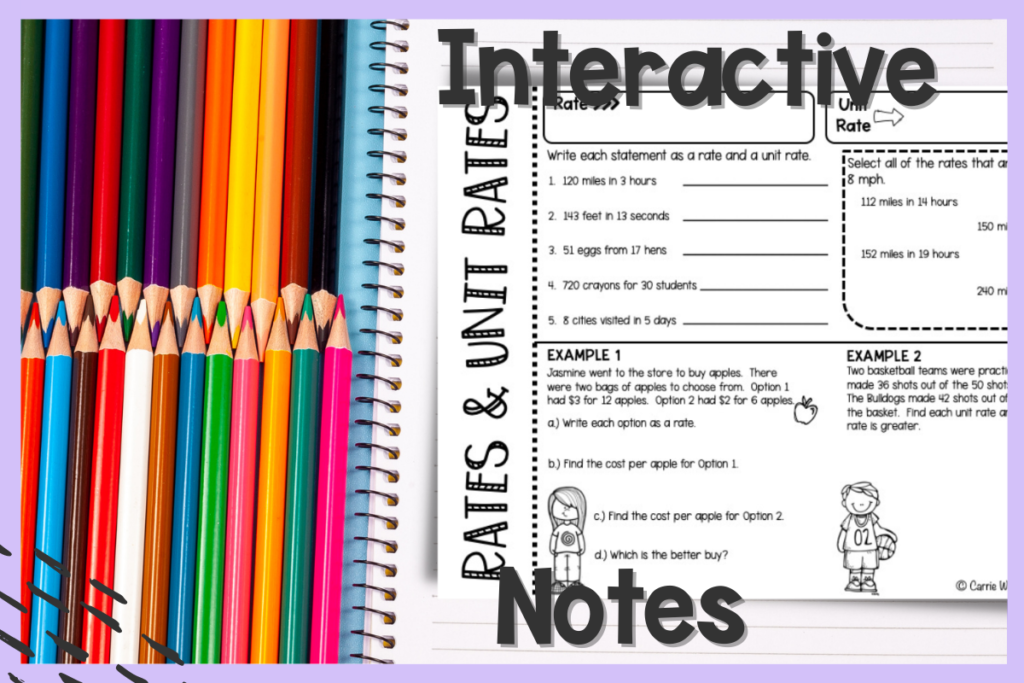
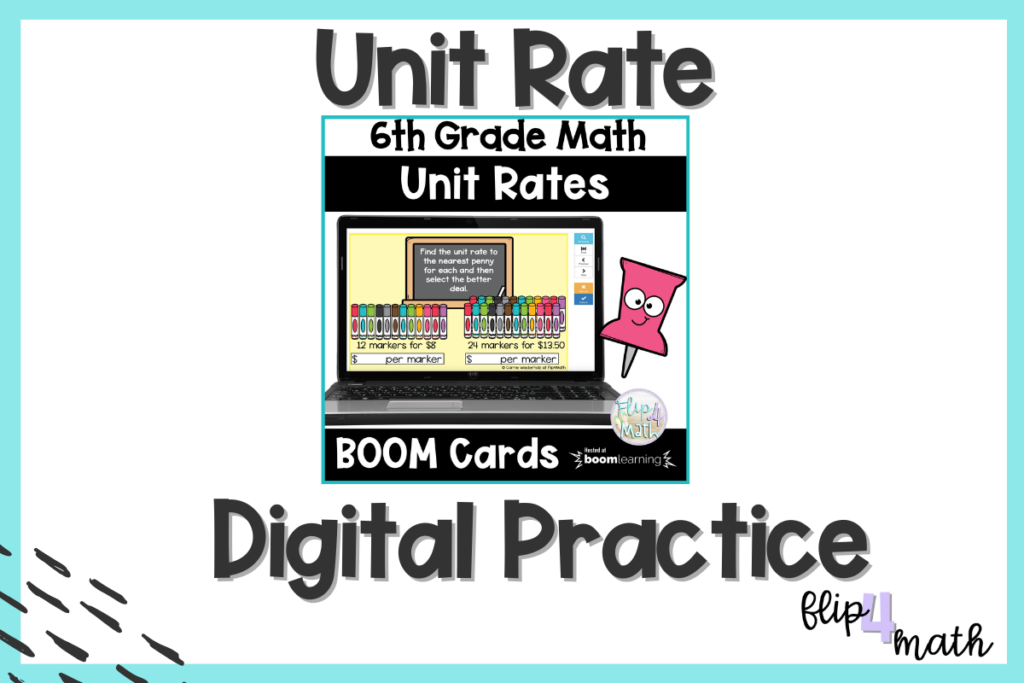
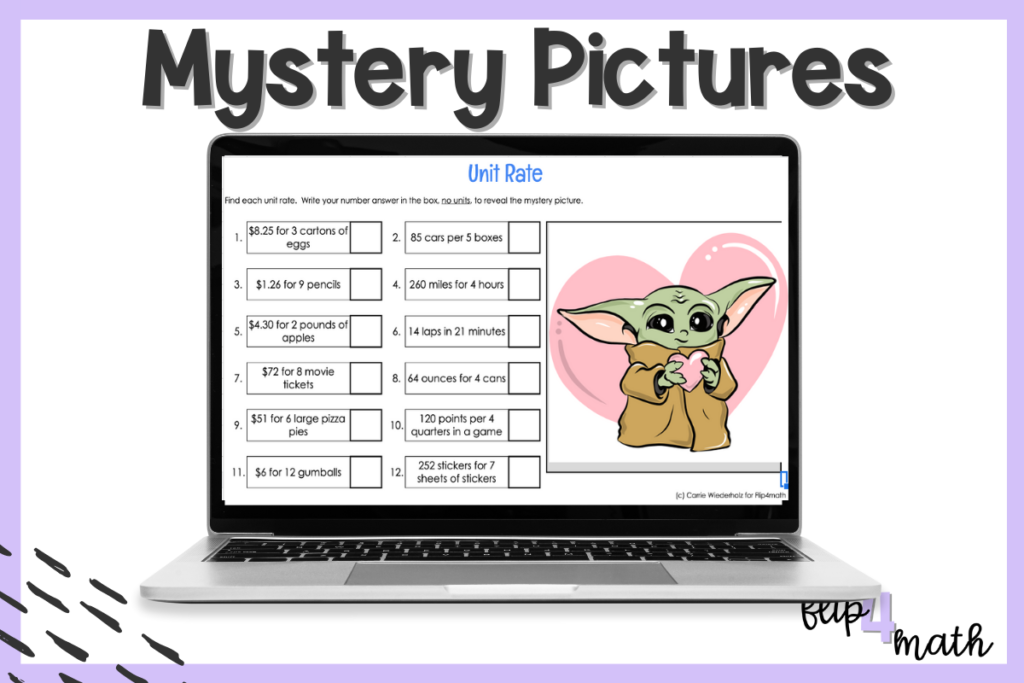







Leave a Reply
You must be logged in to post a comment.